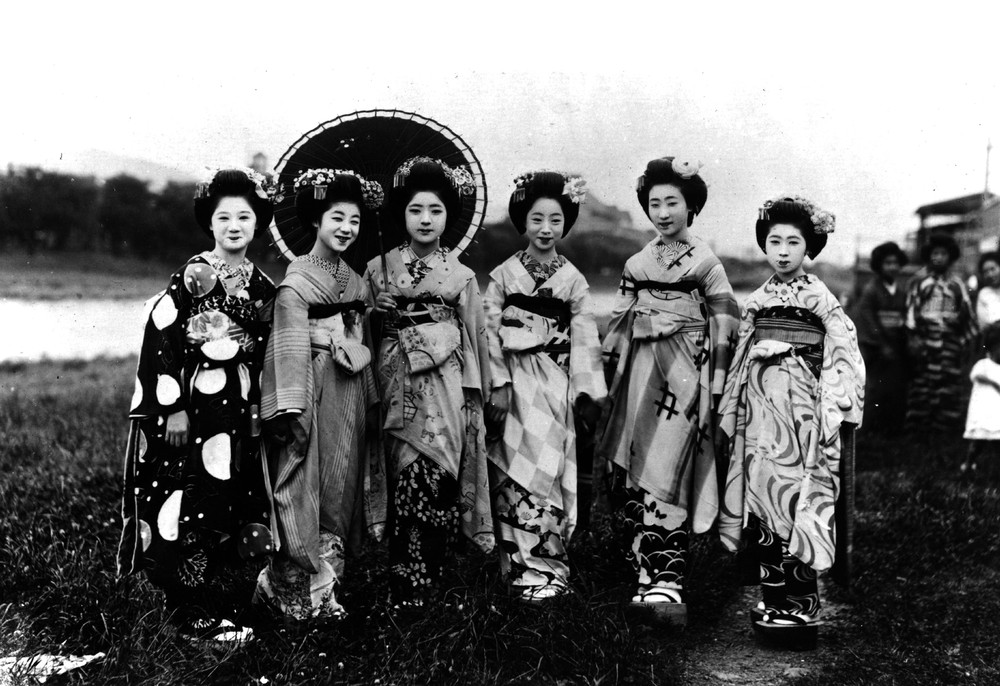
Geiko were often considered superior to Tokyo geisha who were more modern than the ladies of Kyoto. Geiko also spoke in a specific Gion dialect. They also had different dances and songs. Don’t confuse geisha and geiko with post-World War II’s geisha girls (or geesha girls). Geisha girls dressed similar to geisha and oiran (super high-end prostitutes valued for their dance and art skills) but focused on providing sexual favors.
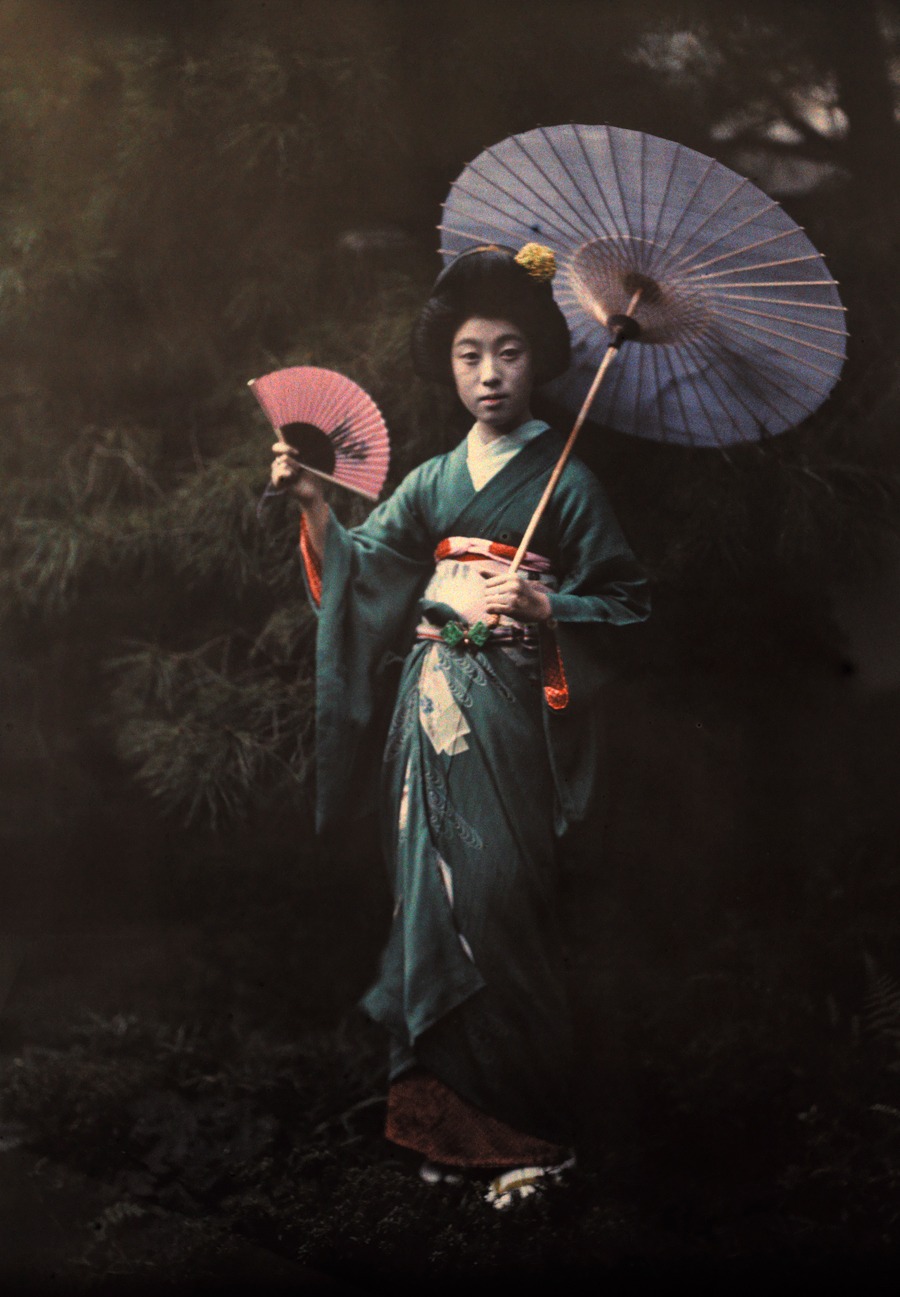
Here are 28 facts about geisha:
- Geisha weren’t prostitutes. They focused on dancing, music, conversations, and other art-based entertainment skills.
- They had professional names but no surname. The names reflected their relationship with their “elder sister,” and only one woman could have the name in her district.
- Patrons enjoyed confidentiality. As a rule, a geiko didn’t share what she had seen or heard during a tea or other event.
- Geisha had their own classes:
- Those born in the profession.
- Outsiders.
- Those from Miyagawa-cho and other former red-light districts.
- Hot spring or onsen women.
- Geiko and maiko had low riding collars on the back of their necks. The nape of the neck was considered sexy.
- Their elaborate hair styles required pillows and other stuffing, wax, and other implements to keep its shape.
- As geisha aged, they developed bald spots from these hair styles.
- Maiko wore ornate kimono. Geisha wore understated, elegant kimono.
- Geiko had to study for many years to attain their professional status. They began as shikomi, a housemaid, and had to earn the chance to study as a maiko, or apprentice geisha.
- Maiko began their training by observing their elder sister for the first month. During this time, she needed to be seen and not heard.
- Geisha were not able to marry, but they took lovers or acted as mistresses.
- Geiko houses, known as okiya, passed from mother to daughter.
- Maiko washed their hair only once a week when they visited their hairdresser.
- Maiko slept on a special stand called takamakura to protect their hair styles.

Two Geisha and a Maiko Looking at-Stereoviews in T.-Enami’s Studio. 1898-1907.
Stereoviews are images that create a 3D effect. - Hair accessories varied based on season and month. For example, plum flowers were worn in February, cherry blossoms in April.
- Okichi was a legendary geisha with a temple dedicated to her in Shimoda. She was known for her voice and grace. Local officials forced her to service the American ambassador Townsend Harris, tainting her in the eyes of the Japanese at that time. She drowned herself in 1890.
- Danna were male patrons who made a pact similar to marriage with a geisha. They pledged to support the geisha’s career and help her retire, and the relationship lasted until one of them died (usually the patron). The relationship was a sexual relationship, but this wasn’t always the case. Sometimes a danna merely wanted to support the geisha.
- Teahouses required invitation. A patron of a teahouse may invite someone to visit. Because of the exclusivity of this arrangement, most patrons remain loyal to a particular teahouse.
- Mizuage caused some controversy. The rite of passage involved the selling of a maiko’s virginity, allowing her to become a woman in geisha society. Some people claim it didn’t happen, but historical interviews and records suggest the practice existed for both oiran and geisha. A few observations:
- The rite included professional deflowerers who took special care to make sure the girls were comfortable during the rite.
- At the time, most women were arranged to marry strangers when they were 14-15 years old. Geisha had freedom to choose their partners after mizuage.
- Socially, keeping virginity (as advertised through a maiko’s hair styles) was deemed an embarrassment for the girl and her family.

- Hair styles advertised a maiko’s rank in her apprenticeship. Full geiko had only a single formal hair style.
- The geisha’s flower and willow world only welcomed men as patrons except for otokoshi, or male staff. These old men and boys assisted geisha by helping them dress, carry their shamisen boxes, and other similar tasks. They also served as male confidants for geisha and maiko.
- Before clocks, a teahouse measured a geisha’s time by the number of incense sticks that burned during her time entertaining a patron. In Gion, 12 sticks = 1 hour.
- Teahouse proprietresses organized parties and selected the best mix of maiko and geiko for the patron’s needs. This would include the hosting patron’s favorites. Contrary to popular belief, women could also attend geisha-hosted tea parties.
- Danna often didn’t hide their relationship with a geisha. In fact, he often introduced her to his wife.
- Many wives preferred her husband taking on a geisha for a mistress. Geisha did not interfere with marriages or attempt to get a husband to divorce his wife as other mistresses might. Such behavior would end a geisha’s career and end with her ousted from her home and community. Of course, it sometimes happened. A geisha “sister wife” would also increase the wife’s reputation. I’ve read several accounts and letters of wives and geisha mistresses became close friends.
- Danna enjoyed a seat of honor at his geisha’s events and parties. Most danna were elderly men who didn’t exercise his sexual arrangements. Rather, they preferred the prestige of sponsoring a famous geisha.
- The color of a woman’s collar helps you identify her status. Maiko wear red. Geisha wear white.
- Geisha offered advice for politicians and businessman, but she never did this in a direct way or in ways that revealed her intelligence. The ideal was to make him believe he came up with the ideas. Geisha were thought to have influenced important historical events behind the scenes.
References
Downer, Lesley (2000). Geisha: The Secret History of a Vanishing World. Headline Publishing.
Masuda, Sayo (1957) Autobiography of a Geisha. Columbia University Press.
Iwasaki, Mineko (2002) Geisha, a Life. Washington Square Press.
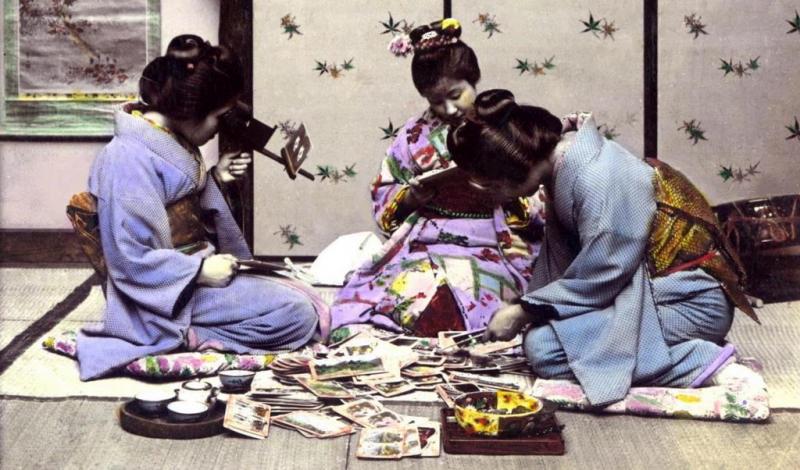
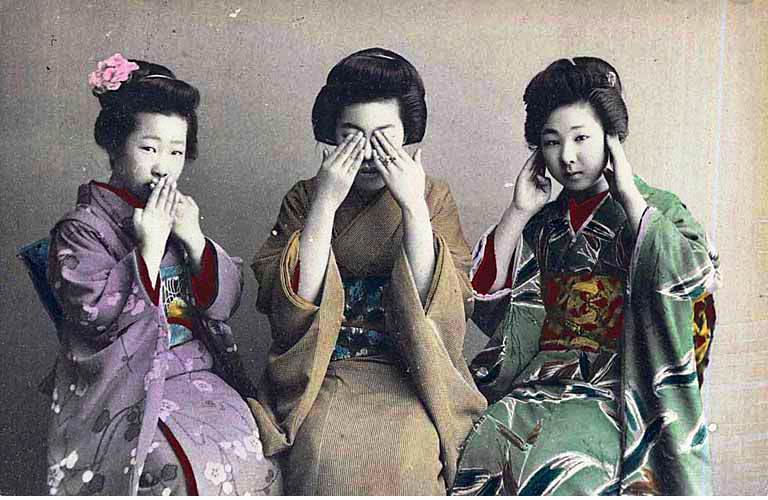
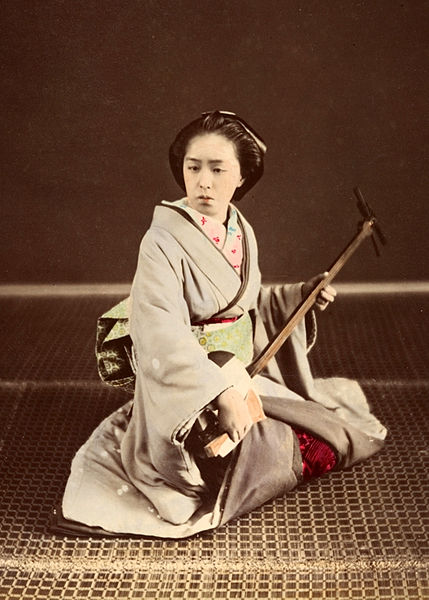
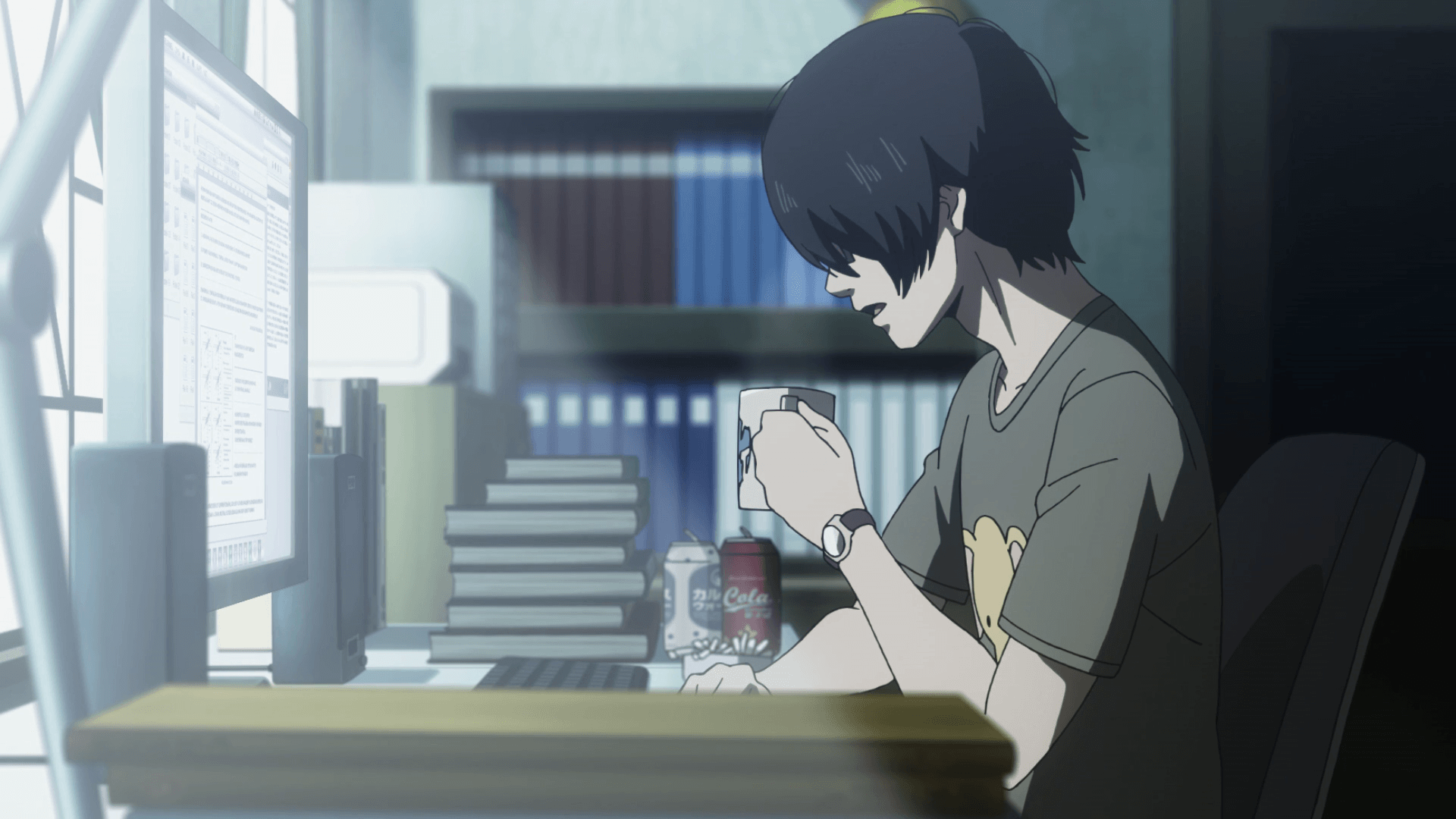


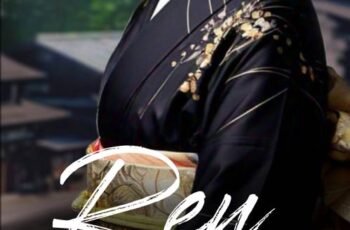
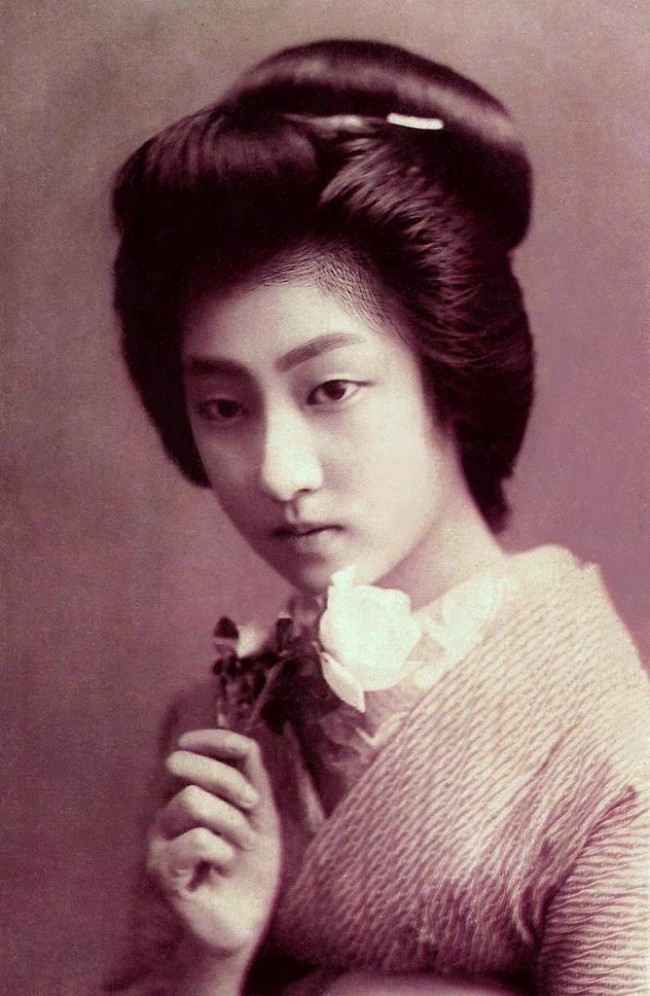
Cool, I took a tour of the Kyoto Geisha district with a former Maiko very interesting.